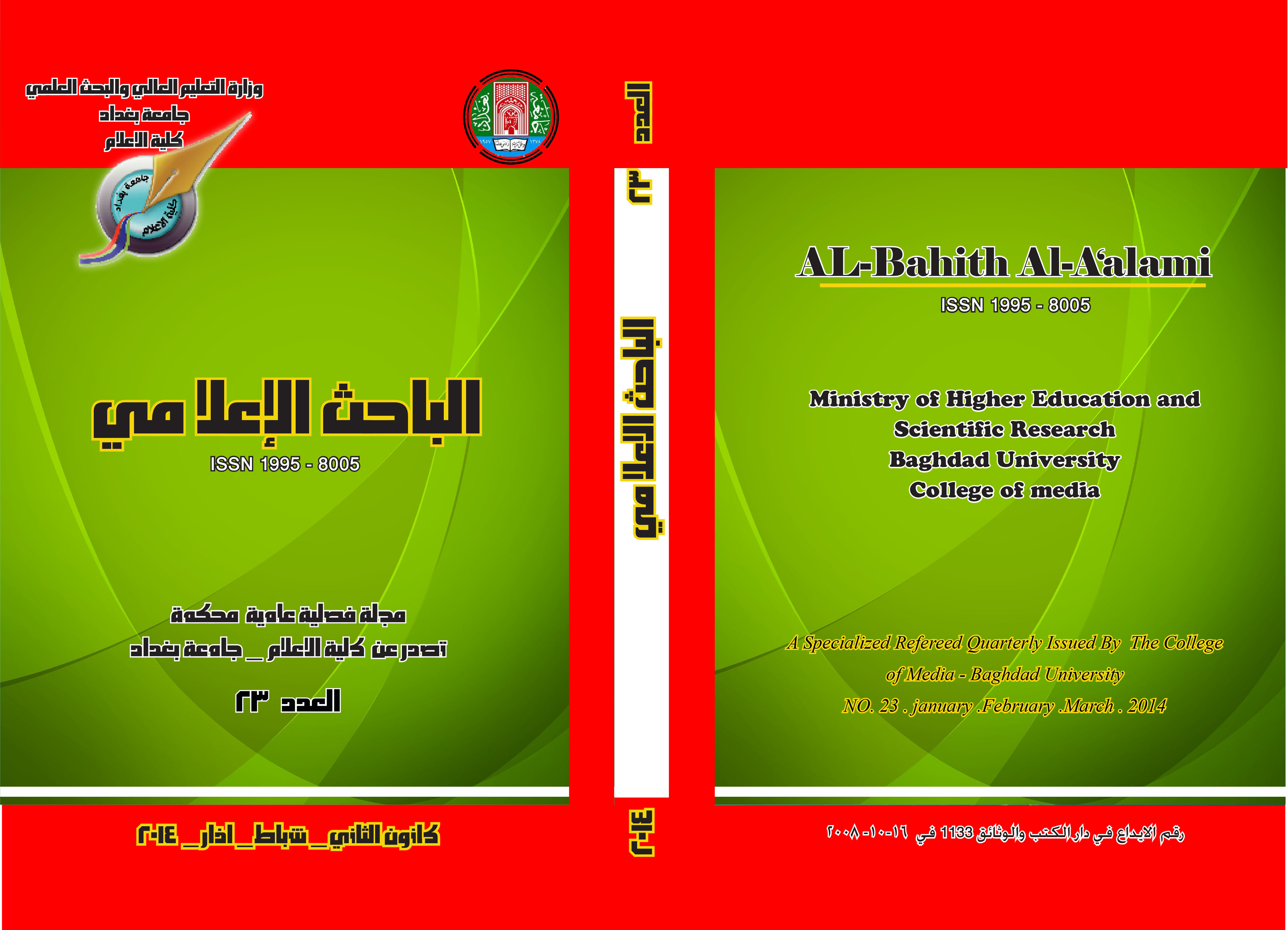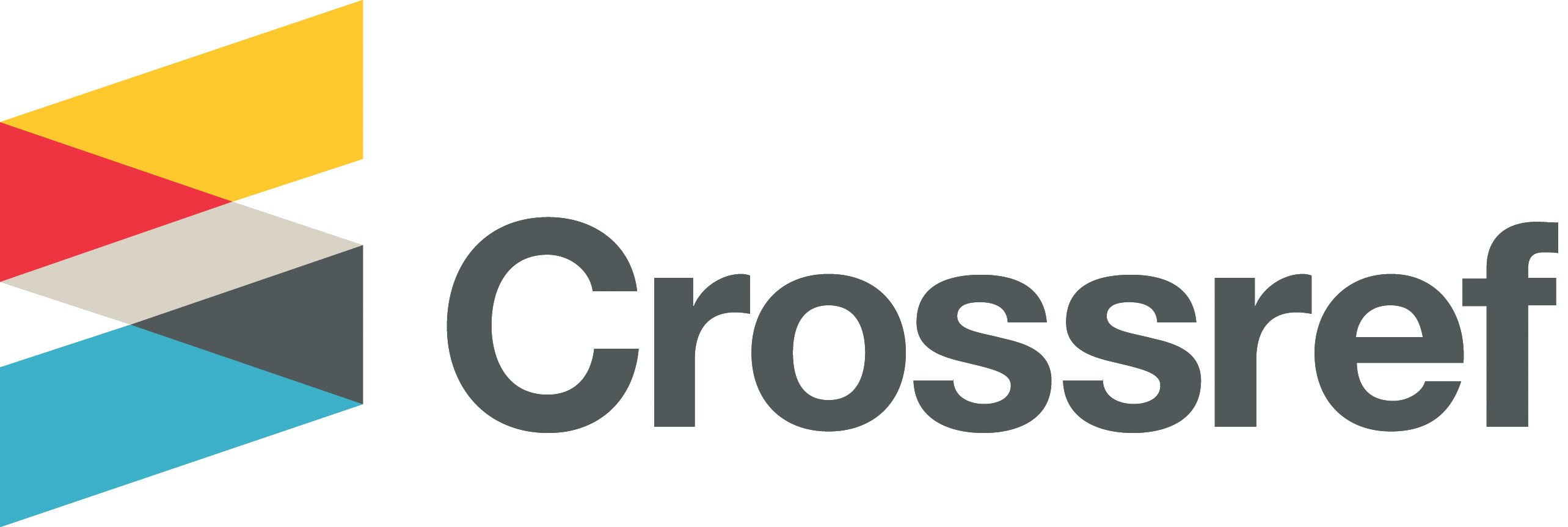The Media and Shaping the Public's Mental Image towards the Transitional Justice
DOI:
https://doi.org/10.33282/abaa.v6i23.292Keywords:
Media, Mental Image, Transitional Justice, AudienceAbstract
Media plays an important role in shaping the mental image of their audiences for individuals, groups and organizations, States and peoples. It is the window through which overlooks the masses on events and issues, and in the light of their exposure to these means are their opinions and impressions.
Despite the importance of direct experiences in shaping opinions, drawing pictures and impressions, it is inevitable to rely on these means as individuals can not engage in direct experiences with thousands of events, issues and topics that concern their community and other societies.
There is no doubt that media is of great importance at the present time, because of its significant impact in the management of the course of political life, social and economic, especially during crises, wars and exceptional circumstances that may pass by any country, which will be reflected in turn on the values and attitudes of society.
So, shall take into account the role that posed by these media, media play an active role in various fields, including:
Therefore, we must take into account the role of these media. Media is an active role in various fields, including:
- Exposing the wrong practices of the rulers, and highlighting the areas of error and mistake in their actions.
- Educating and guiding people by giving them ready-made ideas and declared and associated methods of persuasion.
Therefore, modern media has become a necessity of contemporary life. And its use in defending opinion and belief and the cause of existence is inevitable. If such a tool lags behind, many rights are distorted or lose their right. The media is a tool of politics that can influence people's minds and attitudes.
References
2. مصطفى عمر التير، مصدر سابق، مقدمة في مبادئ وأسس البحث الاجتماعي، ط2، ليبيا، الدار الجماهيرية للنشر والتوزيع والإعلان، 1986 ص140.
() أ. أ.د.وسام فاضل راضي ، قسم الاذاعة والتلفزيون / كلية الاعلام / جامعة بغداد
ب. أ.د.مثنى علوان الجشعمي ، قسم العلوم التربوية والنفسية / كلية التربية (الاصمعي)/ جامعة ديالى.
ج. أ.م.د.كريم محمد حمزة ، قسم الاجتماع / كلية الآداب / جامعة بغداد.
د. أ.م.د.نهى عارف علي الدرويش ، قسم تربية وعلم نفس / كلية التربية ابن الهيثم / جامعة بغداد.
هـ. أ.م.د.عبد السلام احمد السامر ، قسم الاذاعة والتلفزيون / كلية الاعلام / جامعة بغداد.
و.م.د.زهرة موسى جعفر ، قسم العلوم التربوية والنفسية / كلية التربية (الاصمعي) / جامعة ديالى.
3. العدالة الانتقالية بديلا عن العنف والعنف المضاد ، موضوع نشر على الموقع الالكتروني التالي: http://www.iraqmemory.org/INP/view_printer.asp?ID=351
4. المركز الدولي للعدالة الانتقالية . منشور في الرابط التالي: http://192.220.10.204/arabic
5. Kritz, Neil, ed. (1995). Transitional Justice: How Emerging Democracies Reckon with Former Regimes, Vols. I–III. Washington, D.C.: U.S. Institute of Peace Press
6. Boraine, Alex, Janet Levy, and Ronel Scheffer, eds.(1997). Dealing with the Past. Cape Town, South Africa: Institute for Democracy in South Africa .and , Crocker, D. A. (1999). "Reckoning with Past Wrongs :A Normative Framework." Ethics &International Affairs 13:43-61
7. Louis Bickford , The Encyclopedia of Genocide and Crimes Against Humanity (Macmillan Reference USA, 2004), vol. 3, pp. 1045-1047.
8. مصدر سابق ، المركز الدولي للعدالة الانتقالية.
9. غانم جواد ، ماذا بعد التغيير في العراق مقدمات لمشروع العدالة الانتقالية ، بغداد ، 2005، ص19.
10. مصدر سابق ، المركز الدولي للعدالة الانتقالية.
11. Naomi Roht-Arriaza , "The new landscape of transitional justice" , in Naomi Roht-Arriaza and Javier Mariezcurrena (eds.) , Transitional Justice in the Twenty – First century : Beyond Truth versus Justice , Cambridge university press , Cambridge , 2006 , p.2.
12. مصدر سابق ، العدالة الانتقالية بديلا عن العنف والعنف المضاد.
13. المركز الدولي للعدالة الانتقالية ، للمزيد زور الرابط التالي:
http://www.ictj.net/arabic/tjhotsory.htm
14. مفوضية الامم المتحدة لحقوق الانسان ، ادوات سيادة القانون لدول ما بعد الصراع – رسم خريط قطاع العدالة ، الامم المتحدة نيويورك وجنيف ، 2006 ، ص8.
15. غانم جواد ، مصدر سابق ، ص11.
16. مارك فريمان و بريسيلا ب .هاينر ، المصارحة (نيو يورك : المركز الدولي للعدالة الانتقالية ، 2004)، ص2 .
17. Reconciliation After Violent conflict , a Handbook , Handbook series , international. Institute for Democracy and Electoral Assistance , Stockholm , 2003.
18. انظرالموقع الالكتروني التالي: www.icty.org
19. التقرير السنوي للمركز الدولي للعدالة الانتقالية 2003/2004 (نيويورك: المركز الدولي للعدالة الانتقالية ، 2004) .
20. Vamik.D.Volkan ,What Some Monuments tell us about :Mourning and Forgiveness , Taking Wrongs Seriously :Apologies and Reconciliation,Edited by Elazar Barkan and Alexander Karn , Stanford University Press ,2006,P.115-130 .
21. احصاءات ومؤشرات صادرة عن هيئة الاعلام والاتصالات ، بغداد ، اذار 2010.
22. شاكر الانباري ، الإعلام العراقي: بين المسموح والخطوط الحمر نشرة المستقبل الثقافية العدد 2436 الصادرة في 5 تشرين الثاني 2006م.
23. المصدر السابق.
24. تصريح لصحيفة الشرق الأوسط الدولية العدد 10277 الأربعاء 28 ذو الحجة 1427هـ 17 يناير 2007م.
25. زينة عبد الستار الصفار، مجلة الباحث العلمي، عدد 2، حزيران 2006، ص76.
26. نقلا عن د. ريا قحطان الحمداني ، مفهوم الصورة الذهنية ، الجزء الاول ، مجلة التواصل ، هيئة الاعلام والاتصال، بغداد ، السنة الثالثة ، العدد الخامس والعشرون، اب، 2008، ص5.
27. د.تيسير ابو عرجة ، الاعلام العربي تحديات الحاضر والمستقبل، عمان، دار مجدلاوي للنشر والتوزيع ،ط2 ، 2000،ص111.
28. حوار مع د. محمد بن شكري حجازي على شبكة إسلام اون لاين بتاريخ 4 يونيو – 2007م.
29. دنيس مكويل، الاعلام وتأثيراته، دار الشبل للنشر والتوزيع والطباعة، الرياض، 1992، ص2-3.
30. محمد سعد ابو عامود ، الوظائف السياسية لوسائل الإعلام ، مجلة الدراسات الإعلامية ، القاهرة ، العدد (50) ، 1988، ص15.
Downloads
Issue
Section
License
Authors retain copyright and grant the journal right of first publication with the work simultaneously licensed under a Creative Commons Attribution License (CC BY 4.0) that allows sharing the work with recognition of authorship and initial publication in ABBA journal.


















